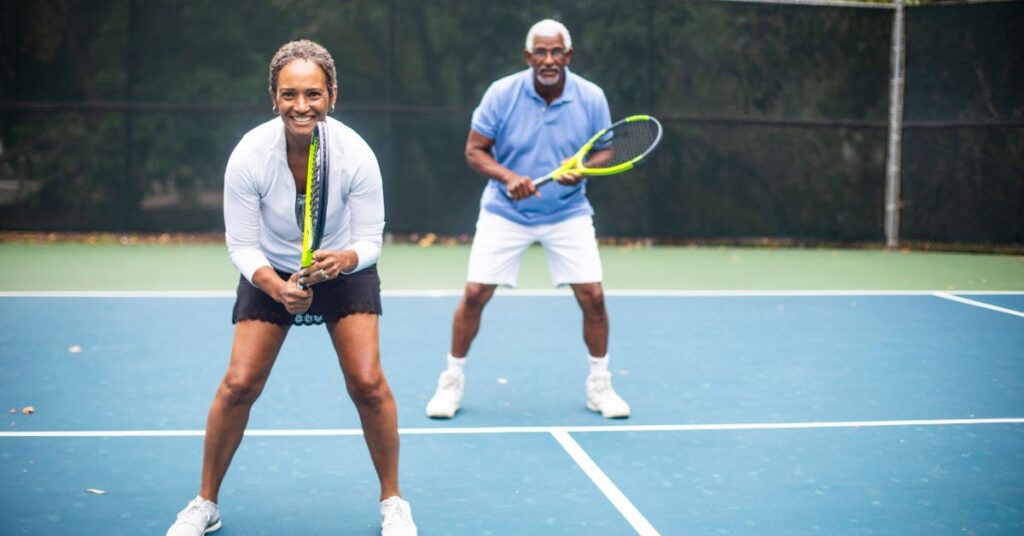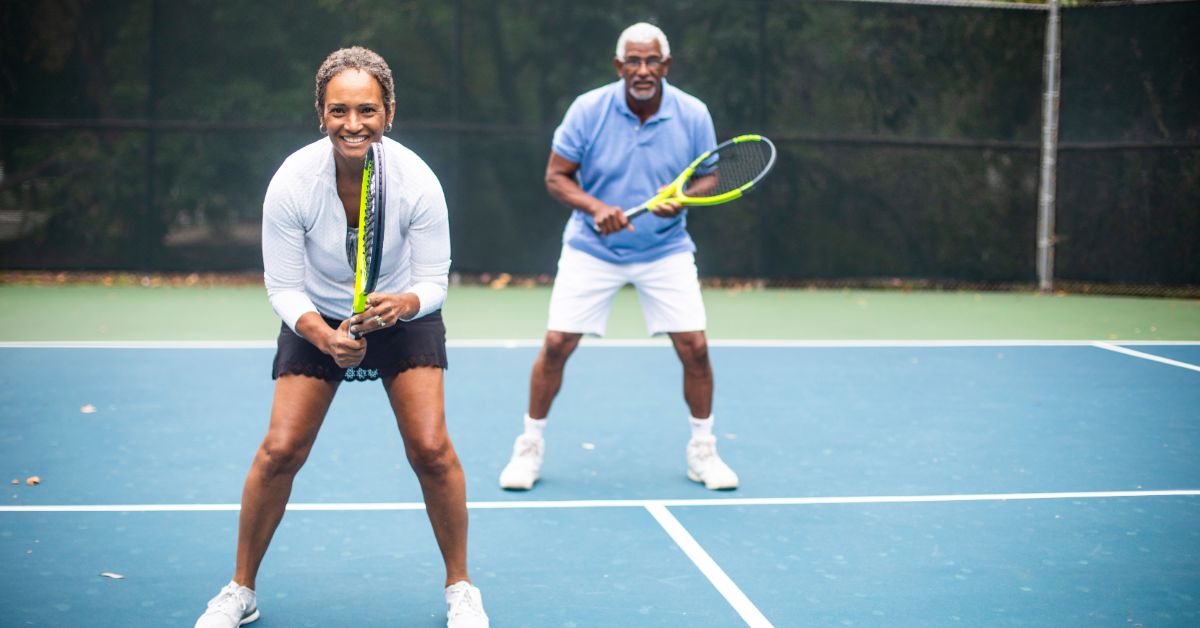Engaging in sports and physical activities can help improve your quality of life, boost your energy levels, and enhance your overall physical and mental health. However, as you age, your body changes, and it’s crucial to adjust your exercise routines accordingly.

The Importance of Staying Active as You Age
Maintaining an active lifestyle as you age offers numerous benefits, including:
- Improved Physical Health: Regular physical activity helps to keep your heart, lungs, and muscles in good shape. It can lower your risk of chronic diseases such as heart disease, diabetes, and hypertension.
- Enhanced Mental Health: Exercise has been shown to reduce symptoms of depression and anxiety, and it can improve cognitive function. Staying active can help keep your mind sharp and elevate your mood.
- Increased Mobility and Flexibility: Engaging in physical activities helps maintain and improve flexibility, balance, and coordination, which are essential for preventing falls and maintaining independence.
- Social Interaction: Participating in sports or group activities provides opportunities for social interaction, which can combat loneliness and foster a sense of community.
Exercise Recommendations for Older Adults
As you age, it’s essential to choose exercises that are safe and effective for your body. The following are some key types of exercises that are particularly beneficial for older adults:
Aerobic Exercise
Aerobic exercises are activities that increase your heart rate and improve cardiovascular health. These exercises are essential for overall fitness and can help manage weight and reduce the risk of chronic diseases.
- Walking: Walking is a low-impact exercise that’s easy on the joints and can be done anywhere. It’s a great way to improve cardiovascular health and boost your mood.1
- Swimming: Swimming and water aerobics are excellent options because the water supports your body and reduces stress on your joints. These activities provide a full-body workout that improves cardiovascular health and builds strength.
- Cycling: Whether on a stationary bike or a regular bicycle, cycling is a low-impact exercise that strengthens the legs and improves cardiovascular endurance.
Strength Training
Strength training helps build and maintain muscle mass, which is important for metabolism and overall strength. It can also improve bone density and prevent osteoporosis.
- Bodyweight Exercises: Exercises like squats, lunges, and wall push-ups can be performed without equipment and are effective for building muscle strength.2
- Resistance Bands: Resistance bands are versatile tools that can provide a range of resistance levels. They are gentle on the joints and can be used for exercises targeting different muscle groups.
- Light Weights: Using light weights or dumbbells can help increase muscle strength without putting too much strain on the body. Focus on performing exercises with proper form to avoid injury.
Balance and Flexibility Exercises
Maintaining balance and flexibility is crucial for preventing falls and improving overall mobility.
- Yoga: Yoga improves flexibility, balance, and strength. Many yoga poses can be adapted for different fitness levels and can help enhance joint mobility and reduce stiffness.
- Tai Chi: Tai Chi is a gentle martial art that focuses on slow, controlled movements and deep breathing. It’s excellent for improving balance, coordination, and mental relaxation.3
- Stretching: Regular stretching exercises can help maintain flexibility and reduce muscle tension. Incorporate stretching into your routine to keep your muscles and joints limber.
Functional Exercises
Functional exercises mimic everyday activities and help improve your ability to perform daily tasks with ease.
- Chair Exercises: Exercises performed while seated, such as seated leg lifts or seated marches, can help improve strength and mobility without requiring standing.
- Step-Ups: Using a step or a low platform to practice stepping up and down can improve your balance and leg strength, which is useful for activities like climbing stairs.
Strategies for Adjusting Training as You Age
As you age, your body undergoes various changes that may affect your exercise routine. The following are some strategies for adjusting your training to accommodate these changes:
- Listen to Your Body: Pay attention to how your body responds to exercise. If you experience pain or discomfort, it may be a sign that you need to modify your routine. Consult with a healthcare provider or physical therapist if you have concerns.
- Focus on Form: Proper form is crucial to prevent injuries and ensure that you’re getting the most benefit from your exercises. Consider working with a fitness professional to learn correct techniques and avoid common mistakes.
- Incorporate Rest and Recovery: As you age, your body may need more time to recover from workouts. Ensure you include rest days in your routine and get adequate sleep to support muscle recovery and overall health.
- Gradually Increase Intensity: When starting a new exercise routine or increasing the intensity of your workouts, do so gradually. Sudden increases in intensity can lead to injuries or strain.
- Stay Hydrated and Eat Well: Proper nutrition and hydration are essential for overall health and fitness. Make sure you’re drinking enough water and eating a balanced diet that includes plenty of fruits, vegetables, lean proteins, and whole grains.
- Set Realistic Goals: Set achievable fitness goals that match your current fitness level and interests. Celebrate your progress and adjust your goals as needed to stay motivated and engaged.
- Seek Social Support: Joining a fitness group or exercising with friends can provide motivation and make working out more enjoyable. Social support can also offer encouragement and accountability.
Stay Fit Of Any Age
Remember that it’s never too late to start an exercise routine, and the benefits of staying active extend well beyond physical health. Embrace the opportunity to stay engaged in physical activities, explore new interests, and enjoy the numerous advantages of an active lifestyle as you age. To see how to stay fit, start an online search now.
References:

Leave a Reply